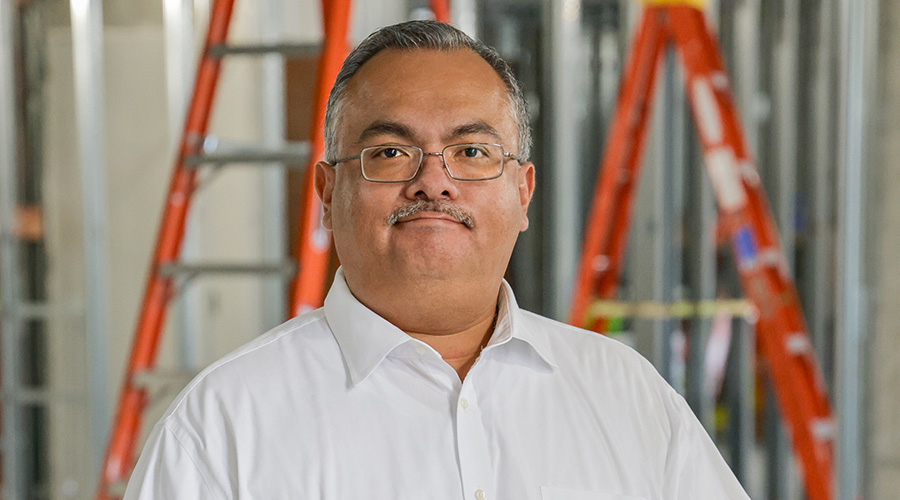Various Types of Facility Master Plans Serve Different Purposes
Part 2 of a 5-part article on how facilities can effectively execute master plans to stay ahead of the game
Different types of facility master plans serve different, though often interlocking, purposes. (See also “FMs Should Understand Role of Strategic Plans” in Part 1 of this article.)
McLennan Community College in Waco, Texas, has three different types of master plans: a campus master plan, a master facilities plan, and a facilities master plan, says Sydney Ross, director of facilities, planning, and construction. The campus master plan, done about every 15 years, uses an outside service that provides master planning.
The college’s master facilities plan is generated with campus personnel and reviews every building, parking area, and street and gives each a grade, looking to see what needs repairs. The plan is updated every five years.
The facilities master plan lists projects ranging from preventive maintenance to Americans with Disabilities Act compliance, projects that extend beyond five years. In addition to being tied to a capital improvement fund, the facilities master plan includes a construction section and a planned-infrastructure section. It also has a section for contingency items, such as a water leak in a building or large fan in a science building breaking. Although it’s a five-year plan, the facilities master plan is reviewed each year.
“We want to provide goals and strategies for facilities for current and future growth to ensure we have proper facilities and roads and streets and parking if we do have growth,” Ross says. “Fortunately, our board and administration have put a focus on maintenance and facilities. So the campus looks very nice, and they have committed the resources that we need to maintain it.”
Between 2007 and 2012, the school updated and renovated with a 50-year horizon. With a $75 million bond, it upgraded infrastructure, renovated space, and added buildings, Ross says.
By one important measure — positive student feedback — the facilities master plan has been an overwhelming success for McLennan. On its student evaluation survey, the school’s facilities received an 85 percent approval rating from students.
“That’s big,” Ross says. “It’s important for our students to have good facilities, and our board and administration also embrace that.”
Feedback Mechanism
While an organization’s strategic priorities shape a facility master plan, that plan can also help the facility department provide important feedback to upper management.
Consider Denison University in Granville, Ohio. Arthur Chonko, director of facilities services, says small schools like Denison that aren’t looking to grow their student bodies need to do a good job of managing their square foot per student. Denison is “pretty heavily loaded” from a facilities standpoint for the number of students it has, Chonko says. A previous master plan included an audit that reported on how various spaces were used.
“It costs ‘X’ number of dollars to maintain that space and you have to consider what is the burden you put on the student in terms of finance,” he says. “It’s easy to get funding for new building, but maintenance is just as important.” Ideally, he says, a master plan will look not only at where a lack of space is limiting programs, but also at underused spaces to see if they can be renovated to meet other space needs or removed from inventory.
Denison University’s master plan, which covers about 10 years and is revised every five to eight years, looks at where the school is at as an institution and where it wants to go, and then ties facility management into that direction, with the latter supporting the former, Chonko says.
Denison is still trying to figure out how to best tackle the challenge of having enough space but not too much space, Chonko says. The facility management team has done a good job of raising awareness so that the university’s board and administration are aware of the issues of continuing to add more space, he says. The school is working on its fine arts space, the last of the larger projects on its master plan. As part of the fine arts space, Chonko says the school will renovate some existing space and tear down at least one building.
Related Topics:
















